Food recipes are a constant source of inspiration and innovation in the world of culinary delight. Whether you are a home cook seeking new ideas or a food industry professional looking to improve your products, the vast landscape of recipe blogs offers a wealth of information. Beyond just the flavors and ingredients, today's discerning consumers are increasingly concerned about the nutritional content of their meals. It is where web scraping restaurant data comes into play, allowing us to extract valuable data like carbohydrates, proteins, calories, vitamins, minerals, and fats from recipes. In this article, we'll explore how to scrape food recipe data and use it to analyze nutritional information.
Food recipe blogs are a treasure trove of delectable dishes for various food-related businesses. Restaurants and other food industry companies can benefit significantly from scraping data from these blogs to enhance their offerings. Extracting data from recipe blogs can be achieved using different automated methods. For small-scale data needs, a broad crawl approach suffices. However, a site-specific crawl is effective if more extensive data is required. Food recipes data scraping from web blogs is a technologically demanding task and should be entrusted to a proficient web-crawling service provider with expertise.
List of Data Fields
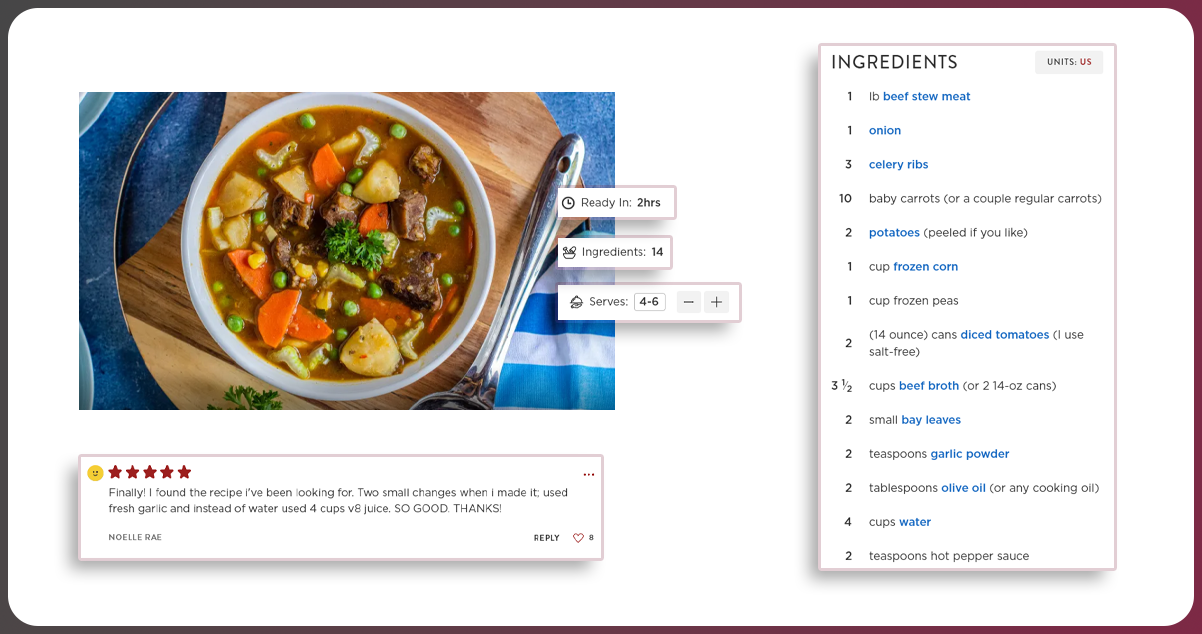
- Ingredients
- Instructions
- Nutritional Information
- Cooking Time and Temperature
- Servings
- Dietary Notes
- Recipe Title
- Images
- Ratings
- Reviews
Why Scrape Food Recipes Data?
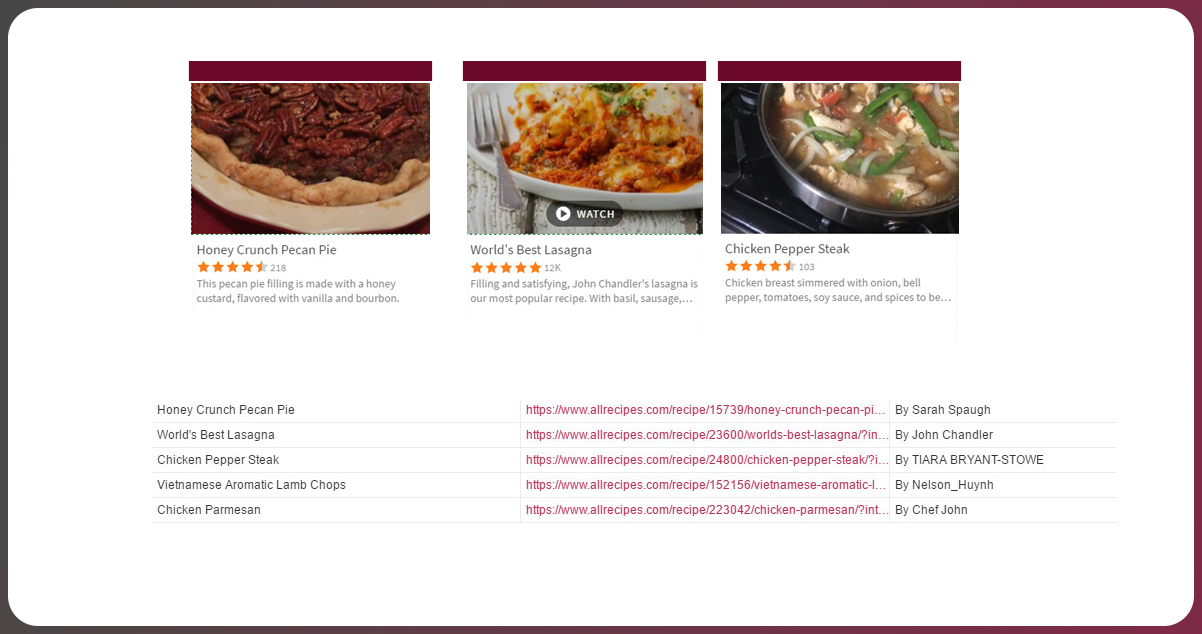
Scraping food recipe data can serve several purposes and be valuable for various individuals and organizations. Here are some reasons why people scrape food recipe data:
- Recipe Websites and Blogs: Many individuals and companies operate recipe websites and blogs. They scrape food recipe data to populate their sites with fresh content, improve search engine optimization (SEO), and attract more visitors. It can help them generate ad revenue, affiliate marketing income, or promote their culinary products.
- Meal Planning and Cooking Apps: Meal planning and cooking apps often scrape recipes to provide users with various dishes. It helps users plan their meals, create shopping lists, and follow cooking instructions conveniently.
- Culinary Research: Researchers and culinary professionals may scrape recipes using restaurant data scraper to analyze trends in cuisine, ingredient usage, cooking methods, and dietary preferences. This data is helpful for academic research, culinary innovation, and menu planning.
- Personal Use: Individuals might scrape food recipe data for personal use. It allows them to build a digital collection of recipes they enjoy, organize their meal planning, and discover new dishes to try at home.
- Dietary and Nutritional Analysis: Nutritionists and health-conscious individuals may scrape recipes to analyze their nutritional content, such as calories, macronutrients, and micronutrients. This data can be helpful for meal planning and meeting specific dietary goals.
- Price Comparison and Shopping: Some scrape recipes to extract ingredient lists and compare prices at various online or offline stores. It can help them find the best deals and save money on groceries.
- Content Aggregation: Recipe data helps create specialized recipe books, dietary guides, or niche cooking websites. Aggregating recipes from various sources can provide a comprehensive collection of dishes for specific dietary needs or cuisines.
Scraping Carbohydrate Data
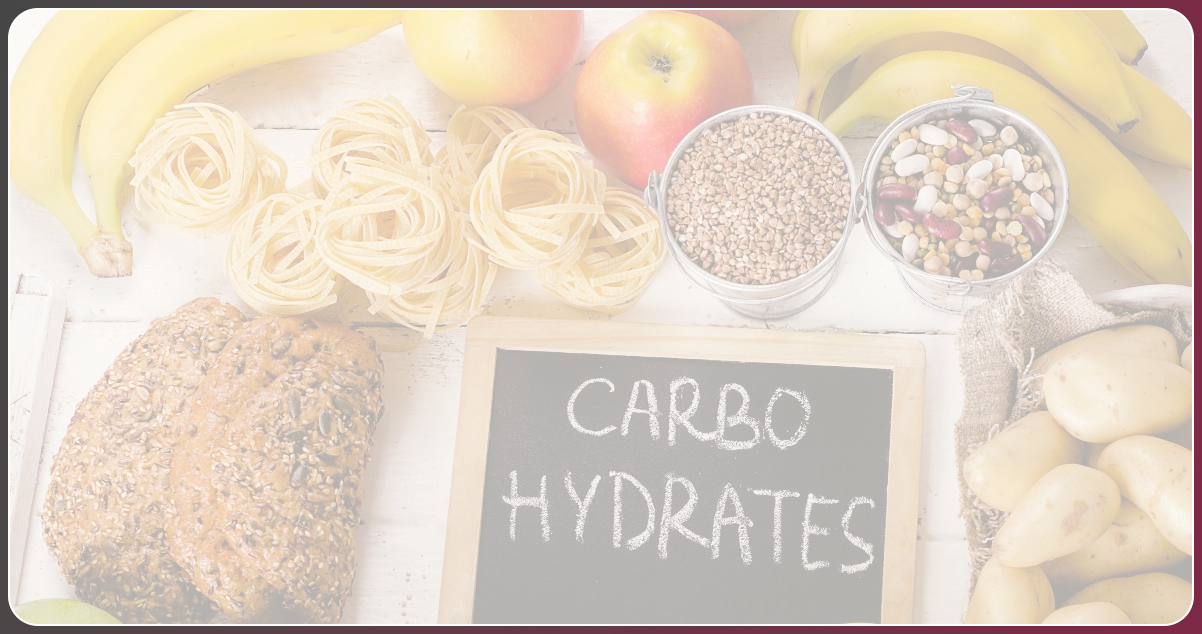
Carbohydrates are a vital macronutrient, and monitoring their intake is crucial for many individuals, especially those following specific diets. To scrape carbohydrate data from recipes, you'll need to identify and extract the ingredient list from each recipe. Once the ingredients are isolated, you can analyze them to calculate the total carbohydrate content. This information is invaluable for creating nutritionally balanced meals and products.
Analyzing Protein and Amino Acids

Proteins are essential for growth, repair, and overall health. Amino acids, the building blocks of proteins, also play a crucial role in various bodily functions. By scraping protein recipe data, you can extract information about each dish's protein content and amino acid profile. It is particularly beneficial for individuals aiming to meet their protein requirements or businesses looking to promote protein-rich products.
Calculating Calories
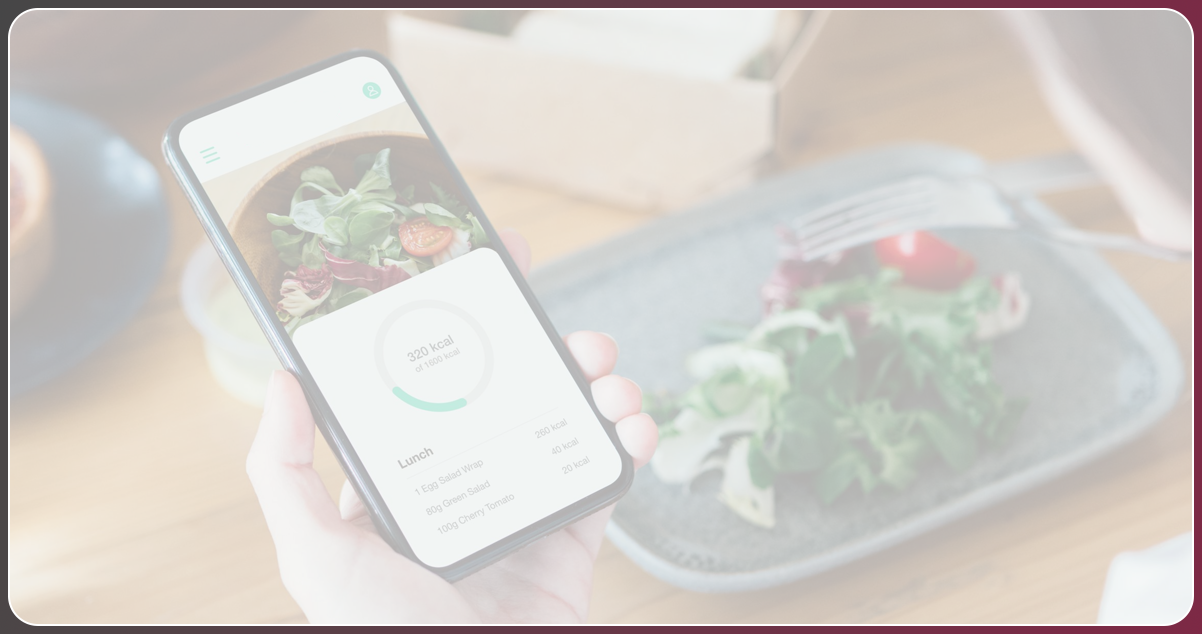
Calories are a fundamental metric for those managing their weight or adhering to specific dietary plans. Scraping calories recipes to obtain calorie information allows you to offer accurate nutritional information to your audience. It also helps plan menus for restaurants and food businesses, ensuring that dishes align with customers' dietary preferences and goals.
Assessing Vitamins and Minerals

Vitamins and minerals are essential micronutrients that contribute to overall health and well-being. Extracting vitamins and minerals data present in recipes provides valuable insights into the nutritional value of dishes. This information can help highlight certain meals' health benefits or formulate products enriched with specific nutrients.
Understanding Fats and Fatty Acids
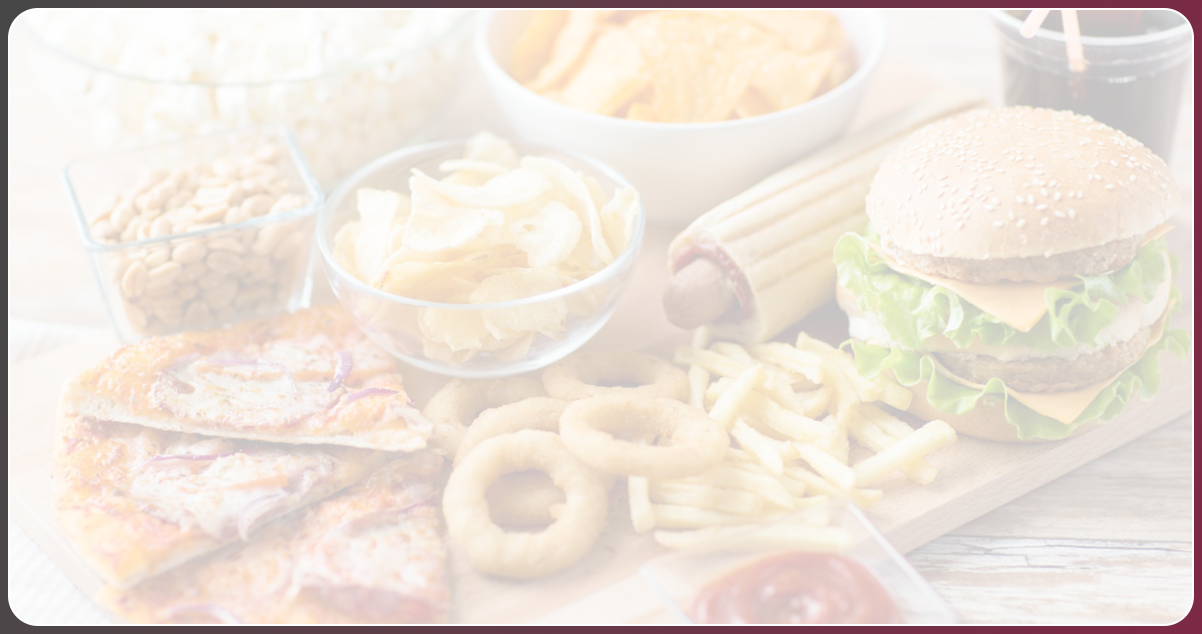
Fats are another essential macronutrient and the type of fat matters. Some fats are healthier than others, and by scraping data from recipes, you can analyze the fat content and identify the types of fatty acids present. Individuals and businesses need to make informed choices about fat consumption.
Who Can Benefit From Food Recipes Data?
Food recipe data isn't limited to benefiting just one segment of the food industry; it can transform the way restaurants operate and empower the creation of innovative recipe apps and websites, enriching the culinary experiences of people everywhere. Various stakeholders can benefit significantly from food recipe data:
1. Restaurants:

- Expanded Menu Options: Recipe data crawling provides a vast database of recipes sourced from the web. For restaurants, this translates to a broader range of culinary choices to offer their customers.
- Customer Preferences: By examining recipe ratings, if available on blogs, restaurants can gain valuable insights into which dishes are more popular among customers. This data allows them to tailor their menu offerings to meet customer preferences and enhance their dining experience.
- Industry Insights: Use recipe data scraping services to provide restaurants with a deeper understanding of trends and developments in the food industry. This knowledge can lead to improved customer experiences and ultimately boost business success.
2. Recipe Apps and Websites:
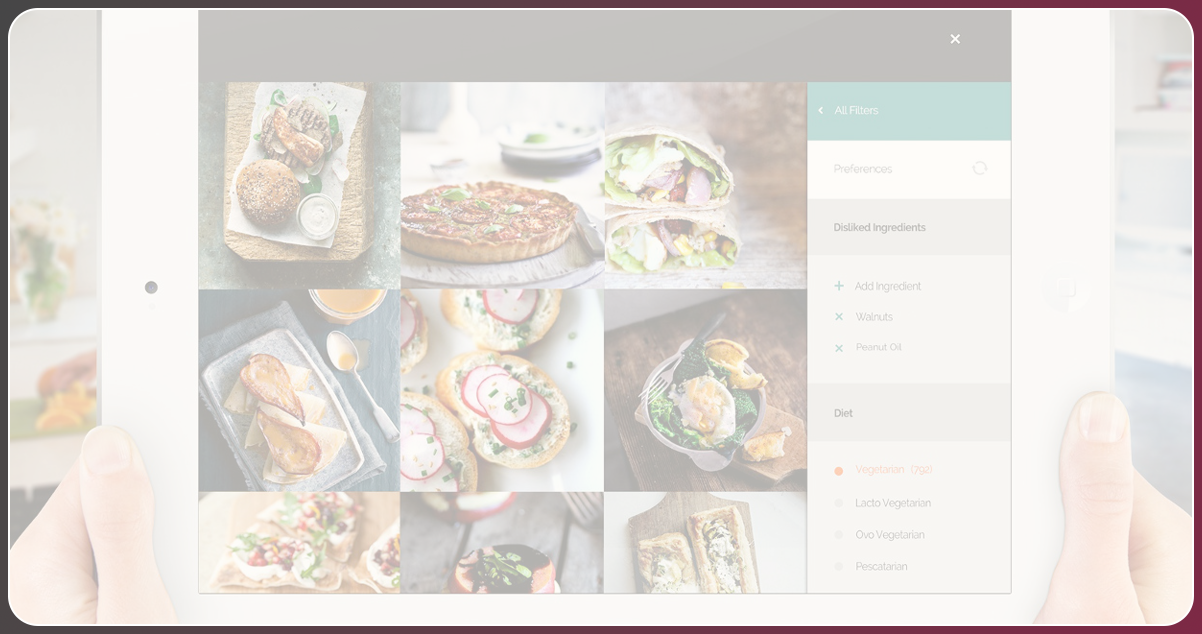
- Comprehensive Recipe Collections: Access to a wealth of scraped recipes enables the creation of comprehensive recipe apps or websites. These platforms become valuable resources for users seeking cooking inspiration and guidance.
- Mobile Accessibility: With the increasing mobile internet use, apps can quickly reach a broad audience. Bulk extraction of recipes from the web is essential for building an app or website dedicated exclusively to food recipes, catering to the needs of modern, on-the-go users.
Conclusion: In the age of data-driven decision-making, scraping food recipes for nutritional information is a valuable practice. Whether you're a health-conscious individual seeking to manage your diet or a food industry professional aiming to enhance your products, this data can be transformative. With the right tools and expertise, you can unlock the nutritional secrets hidden within recipe blogs and make informed choices that cater to diverse dietary needs and preferences. So, why wait? Start scraping, start analyzing, and start revolutionizing your culinary world today.
For more in-depth information, feel free to contact Food Data Scrape today! We're also here to assist you with any of your needs related to Food Data Aggregator and Mobile Restaurant App Scraping services. We also provide advanced insights and analytics that offer valuable data-driven perspectives to drive informed decision-making and enhance business strategies.
Get in touch
Get in touchWe will Catch You as early as we recevie the massage
Trusted by the best of the food industry

























































































